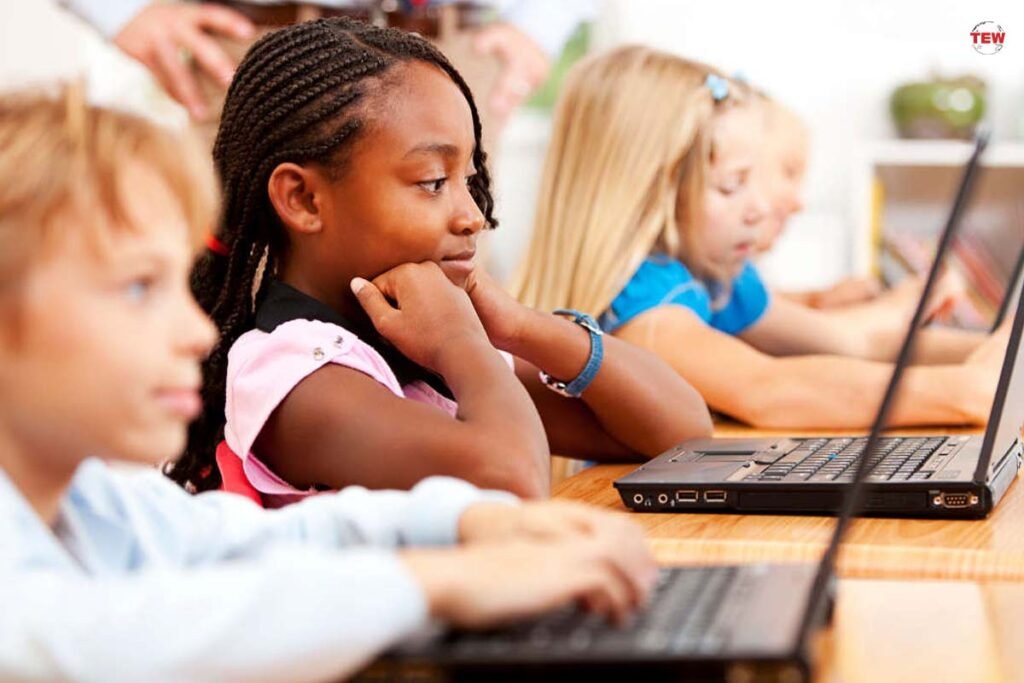Digitization has impacted the world in many ways and brought essential things to the fingertips, from e-commerce and entertainment to informative videos and news. Education is not far behind, with an increasing number of institutions recognizing the role technology plays in modern learning.
The digital transition in education has been underway for years, but it has accelerated its pace even more in recent years. As several schools worldwide shift to remote and hybrid learning models, educators are rapidly adapting to new technologies and ways of teaching.
Here are some critical considerations for understanding the digital transition in the education sector;
1. Technology infrastructure

Every other school now has adequate hardware, software, and connectivity to support digital learning. This includes devices such as laptops or tablets for students and teachers, as well as reliable internet access. Educational facilities also have effective cybersecurity measures to protect student and staff data.
Moreover, many provide personal devices to their students to help them access learning material online and take practice tests whenever necessary. Many online assessments offer adaptive testing to ensure students reach their optimal potential, enabling them to understand their actual level of competence.
2. Professional development
An increasing number of educators are developing the skills and knowledge to use digital tools and technologies in the classroom effectively. This includes technical skills and pedagogical knowledge about how to use these tools to enhance learning outcomes.

Moreover, schools are now investing in ongoing professional development to ensure that teachers have the training and support they need to keep up with the constant digital transition in the industry. Indeed, on the Internet, now you can even close issues with college paperwork with the help of a thesis writing service.
3. Assessment and evaluation
Online assessment platforms are a great example of digital transition, quickly replacing many traditional assessments, such as written tests and quizzes, which may not be well-suited to the new learning environment. They provide instant feedback to both students and teachers, allowing for quick identification of areas where students may need additional support. Additionally, educators can tailor the tests to individual student needs, providing a more personalised learning experience.
Trusted assessment delivery platforms have enabled educators to create, deliver, and mark tests with remarkable speed and accuracy. Invariably, they are excellent tools to help students achieve academic proficiency as they provide detailed reports of their performance.
Also, they offer unmatched privacy and security, flagging off even the remotest suspicious behaviour during a test to inform proctors about possible unethical practices.
4. Collaboration and communication
Digital transition has compelled schools to rethink how they collaborate and communicate. Educators are finding new ways to connect with students and build relationships in online learning environments, such as through videoconferencing and virtual office hours. Also, they are tailoring assessments to ensure that the specific requirements of each student are met effortlessly.

Schools are also developing their approach to effectively communicating with parents and guardians who may wish to actively participate in their children’s education in a digital learning environment.
Conclusion
Although digital transition can present a few significant challenges to some facilities, it also offers tremendous opportunities to enhance learning outcomes and increase equity and accessibility. Therefore, schools must carefully consider the type of technology infrastructure they use, develop online assessments, and communicate more effectively to navigate this transition.
Ultimately, it will help schools provide the best possible education to all students, rooted in the modern digital learning environment.
——-x——-




